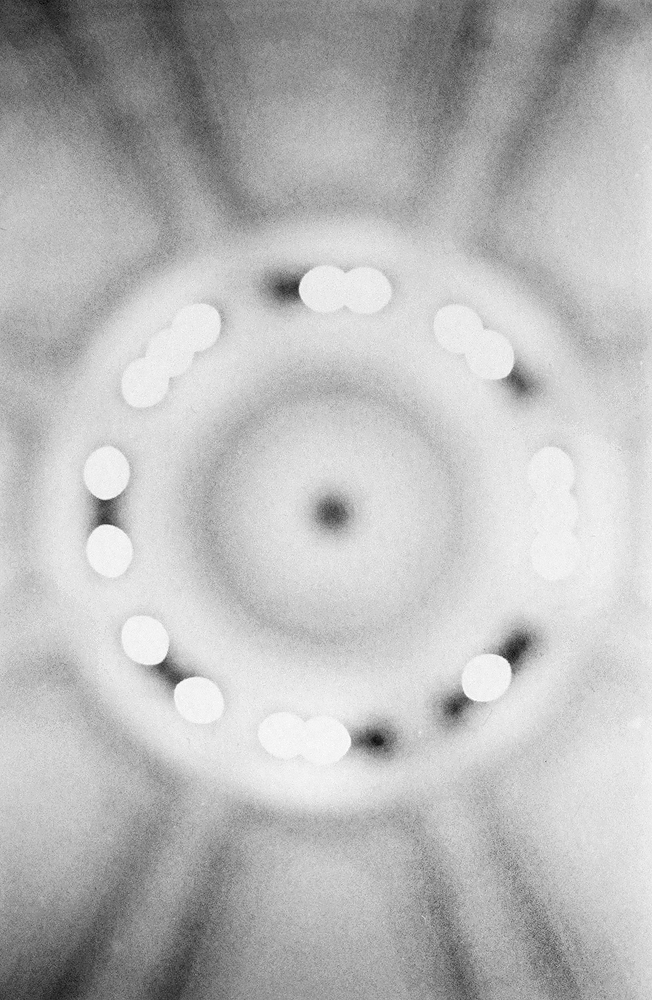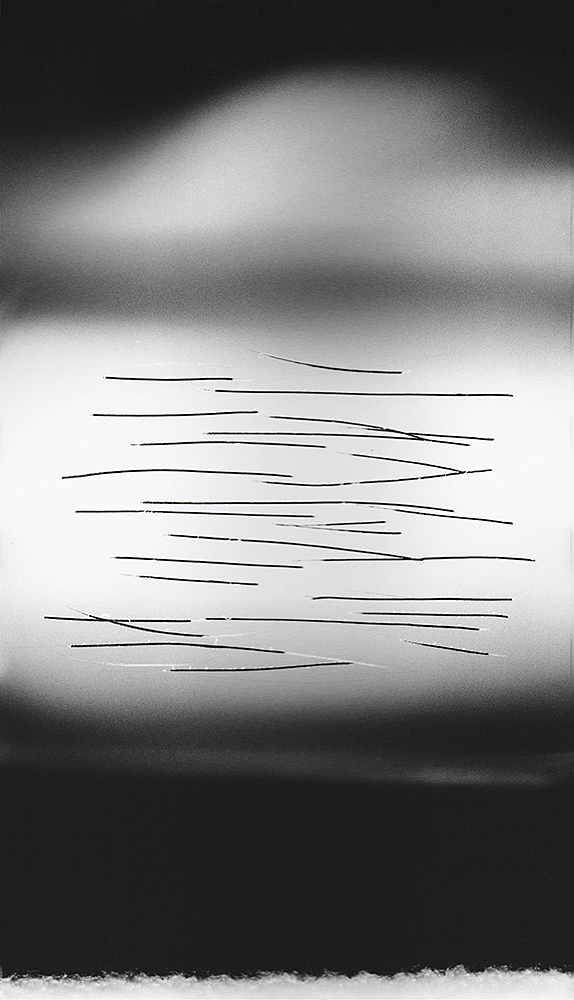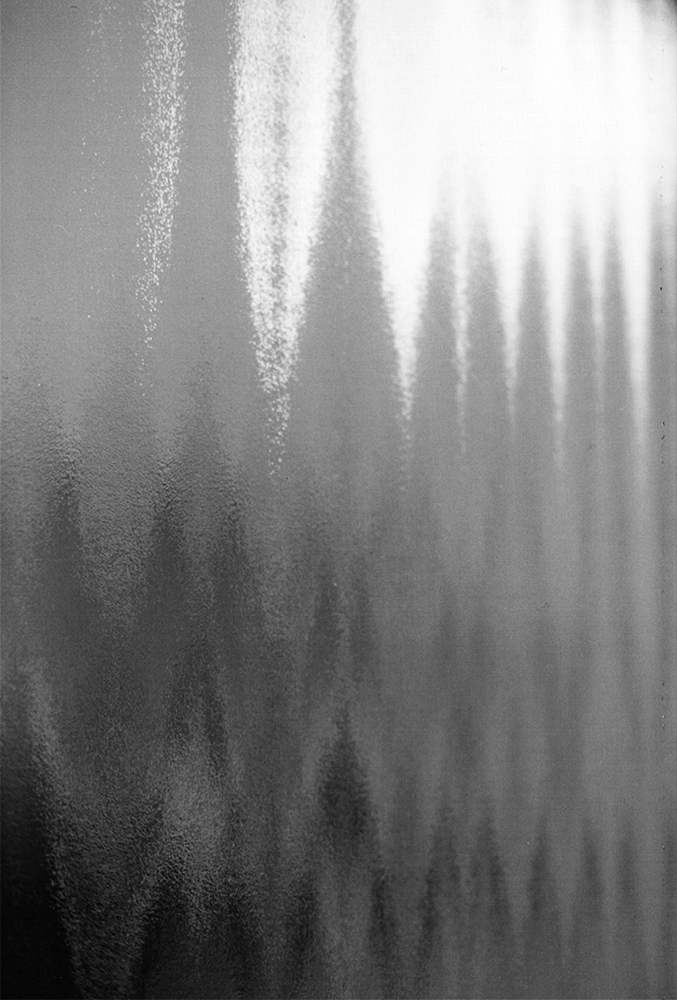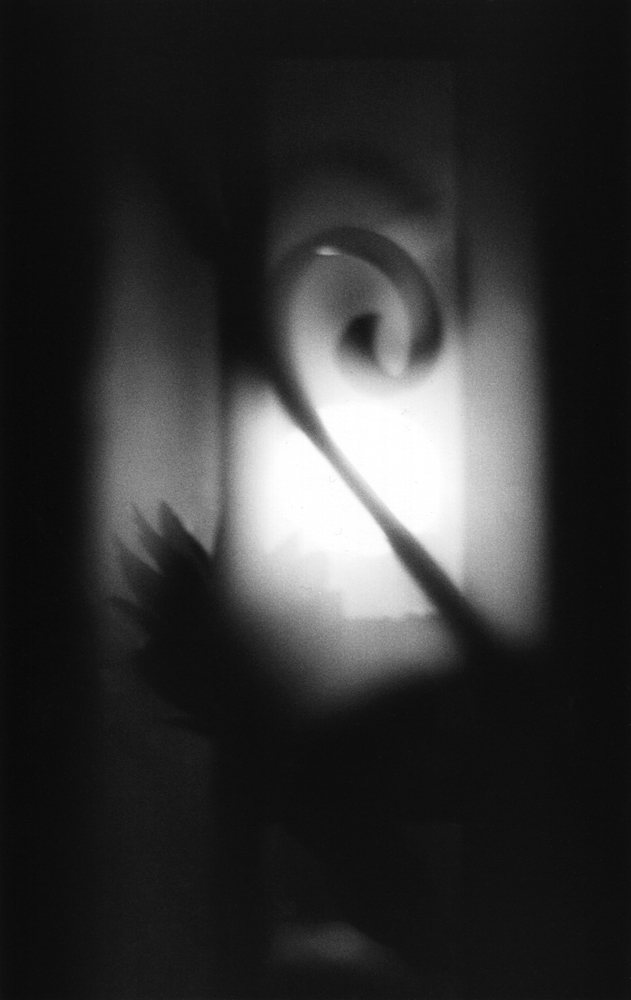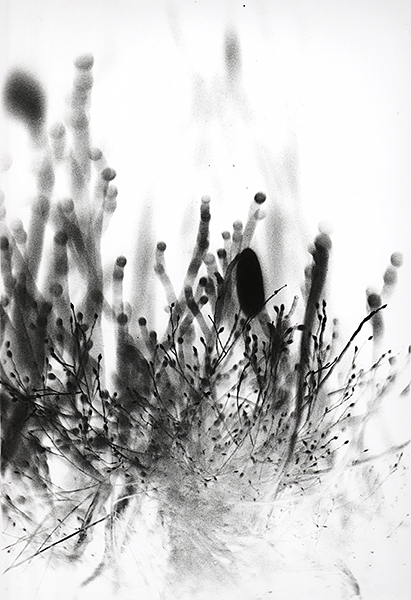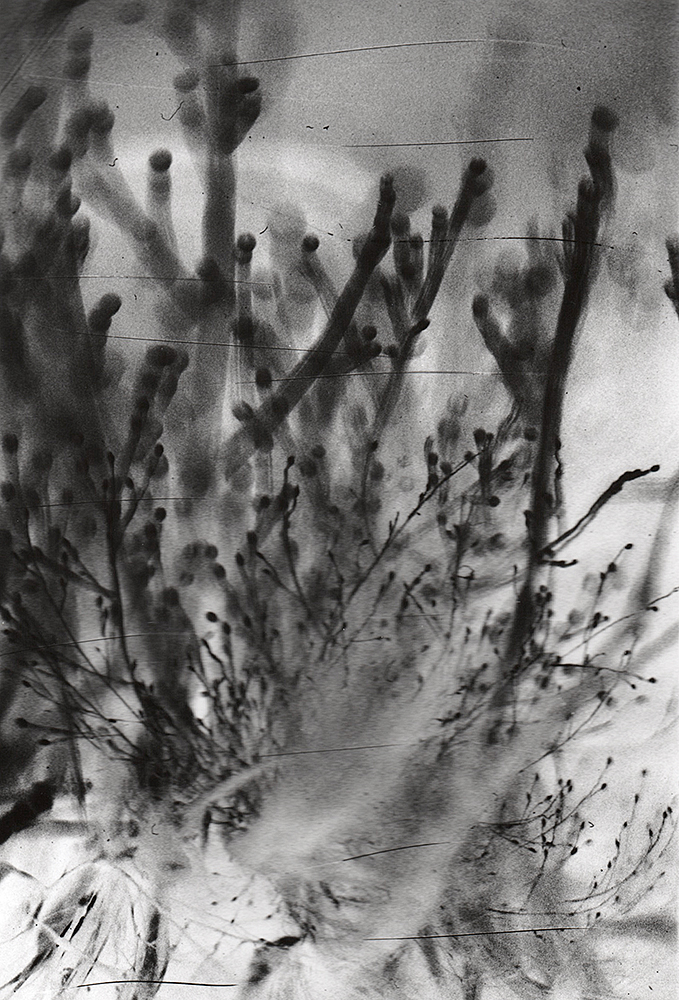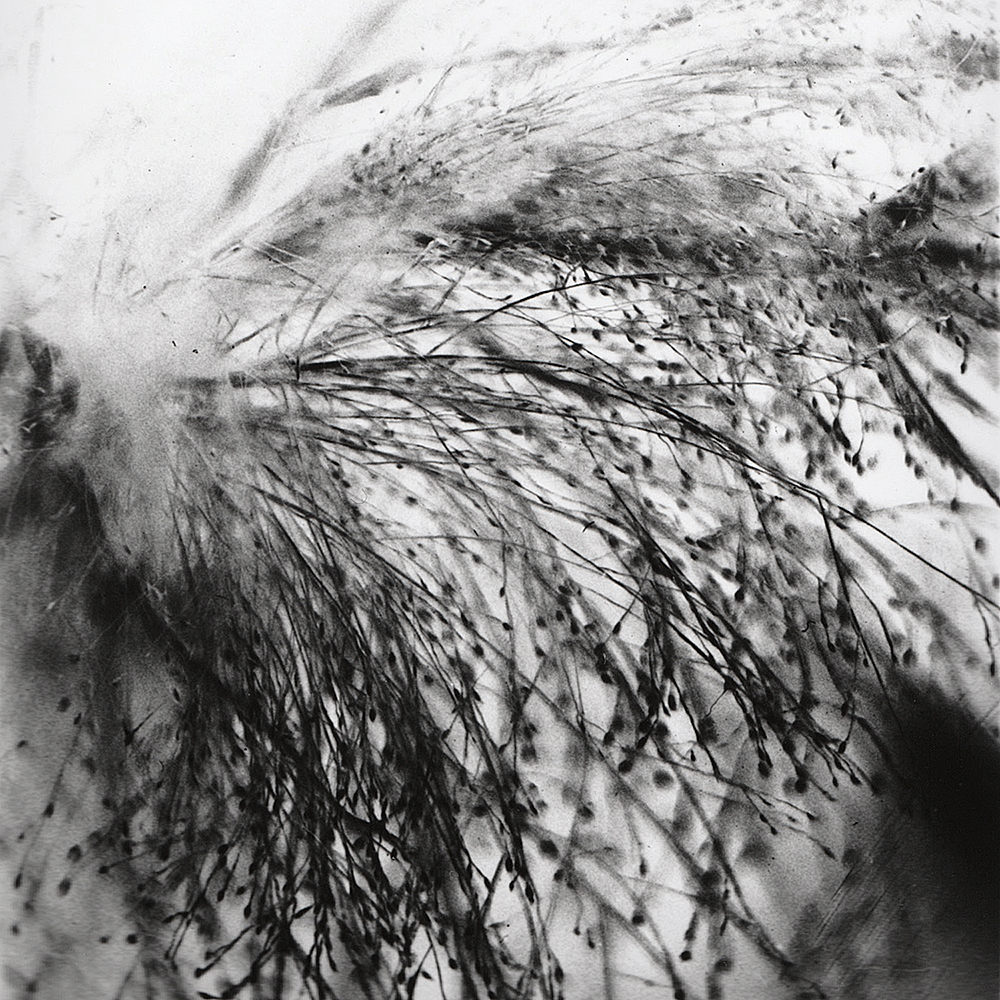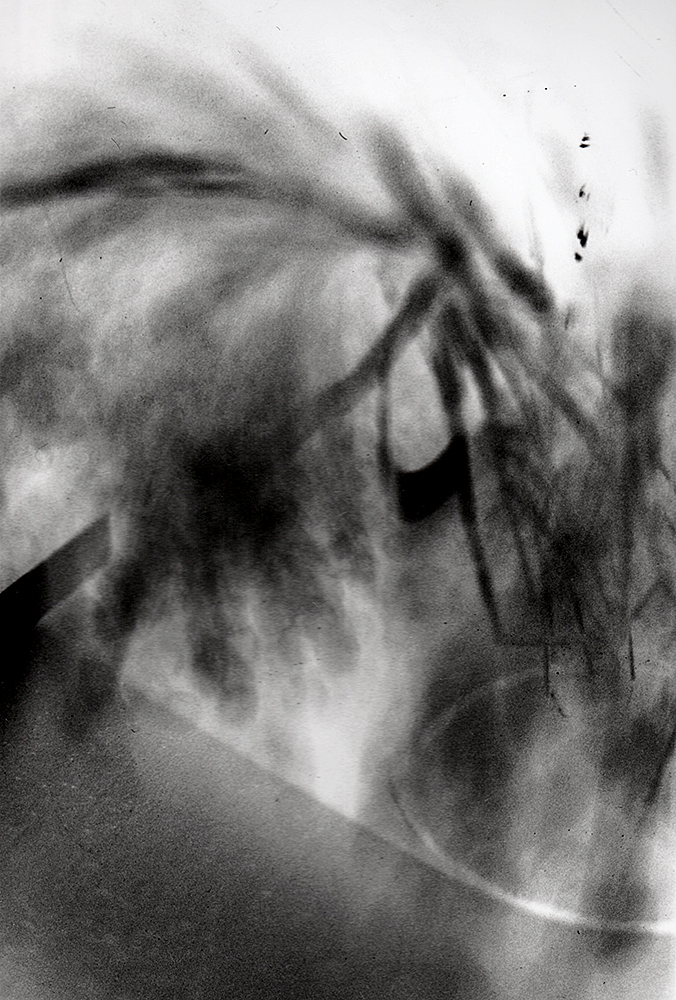Haze
“Csilla Szabó’s attention to detail creates different visual fragments, where parts of the original subjects cannot be recognized anymore, sometimes completely transforming her still lifes into abstract pieces.”
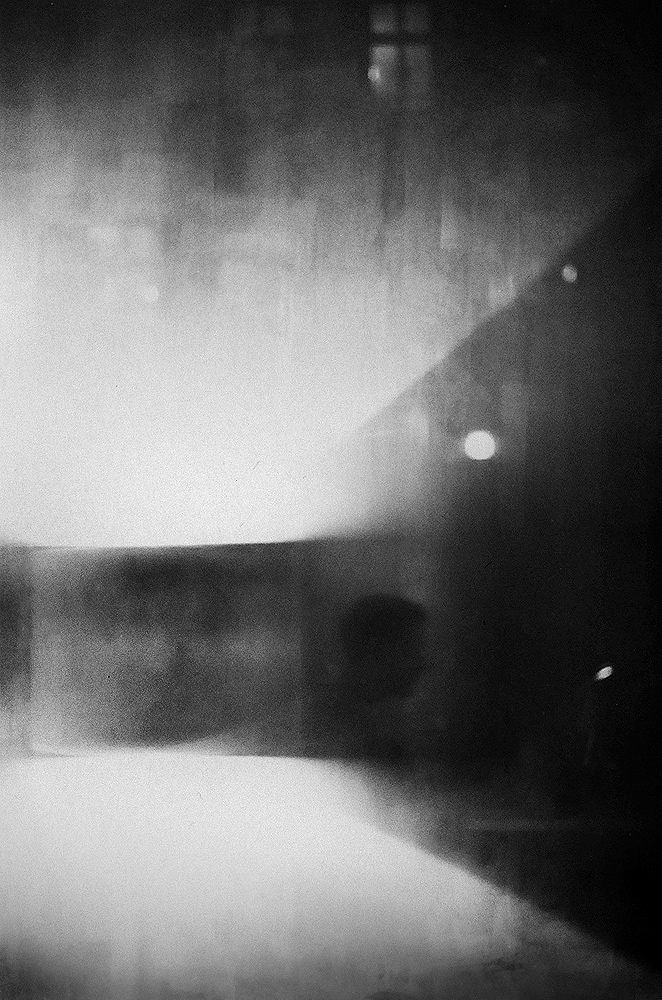
“Szabó is not interested in documentary photography, which focuses on social questions; neither is she interested the kind of images which are solely about capturing a moment. Her eyes focus on the aesthetic; her pictures are the imprints of an extended, detailed finessing of visual elements.”
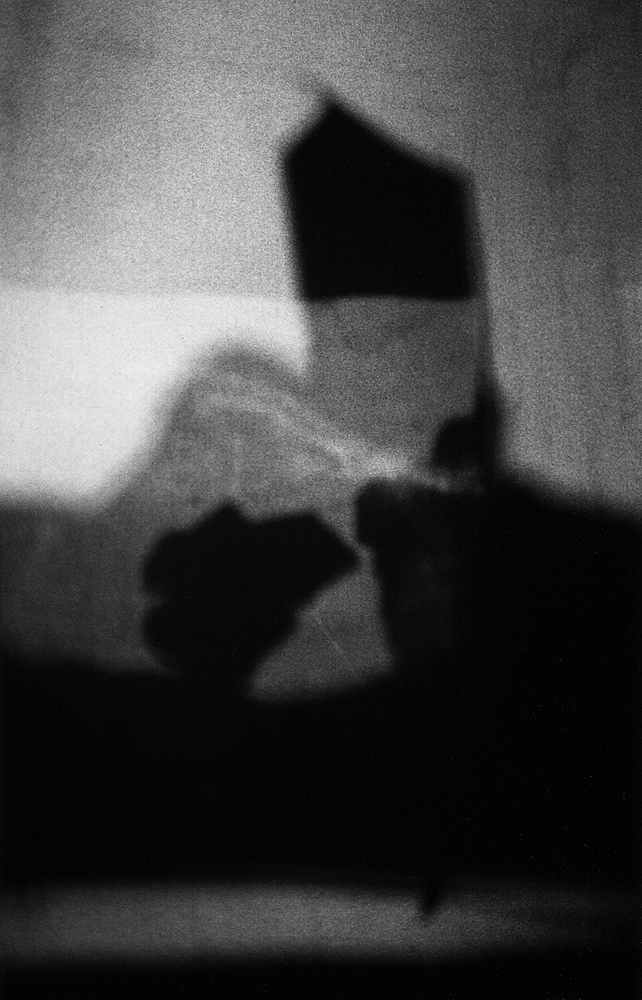
“While photographing, she analyzes and examines her subjects’ details, exciting forms, and interesting surfaces. Washed out lamps interest her for their light-giving attributes and the different factures and indescribable forms they produce.”
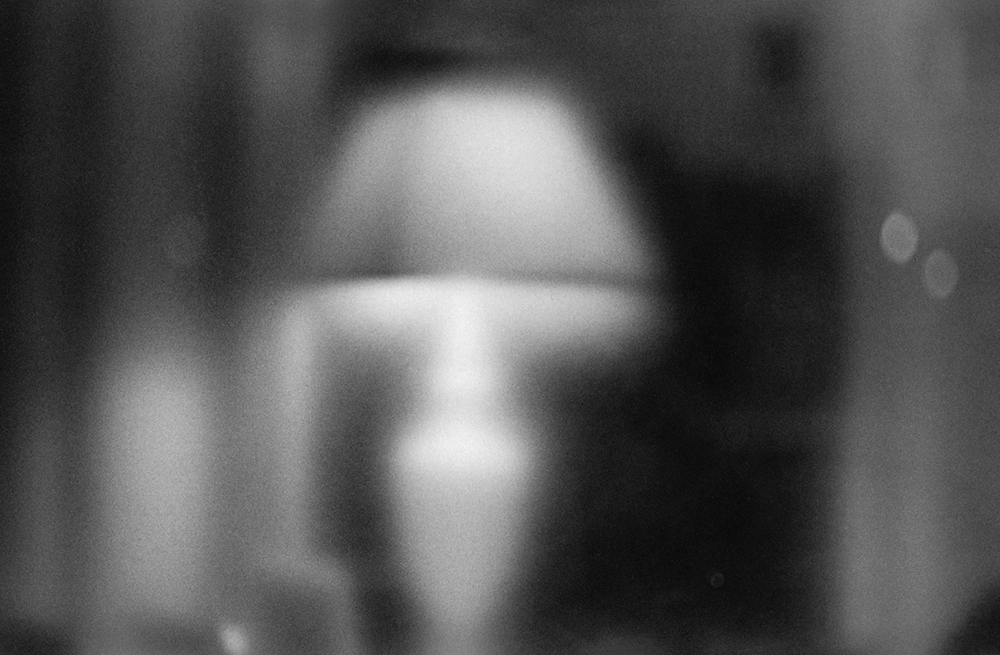
“In her work shapes, lights, and gestures turn into an abstract vision.”
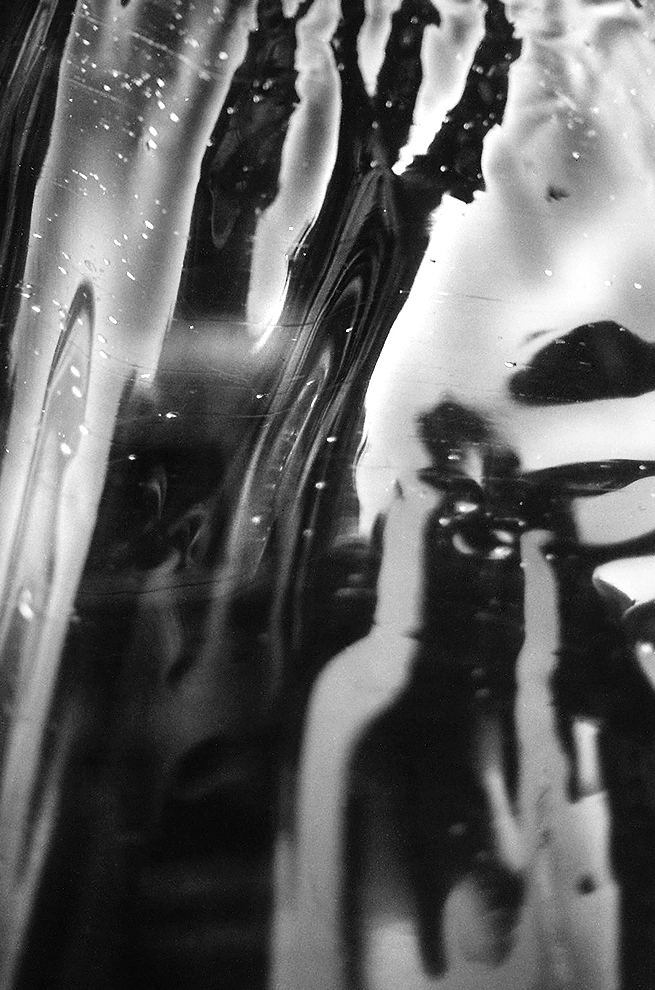
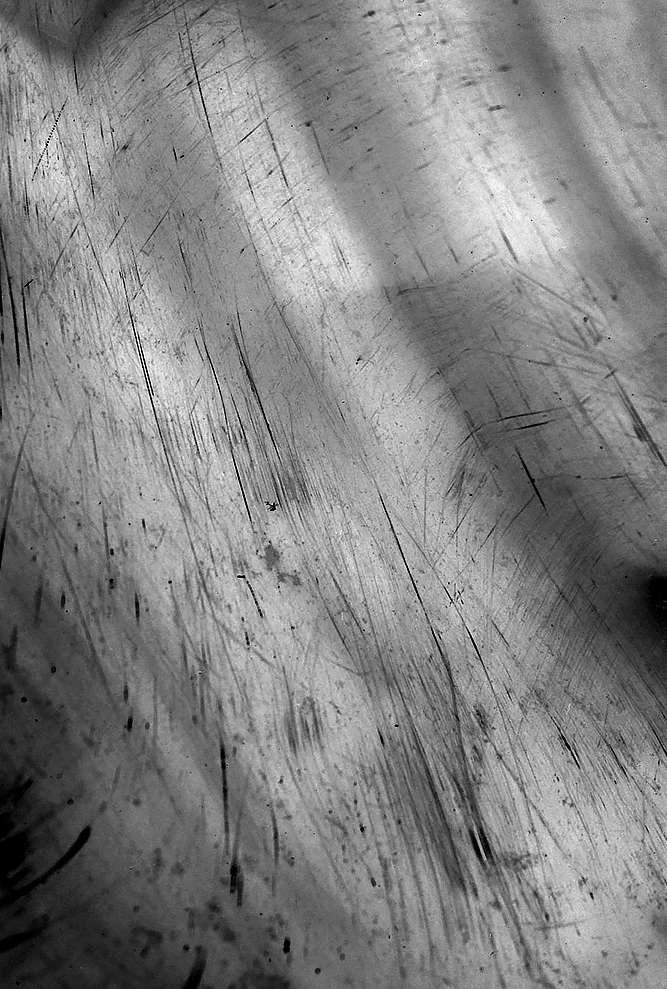
“Her artistic inspirations connect to the early experimental photography like the rayograms of Man Ray and the photograms of Moholy-Nagy, but for me they line up closer to the chemical experiments of Floris Michael Neususs from the 80s, which remind the viewer of landscapes.”
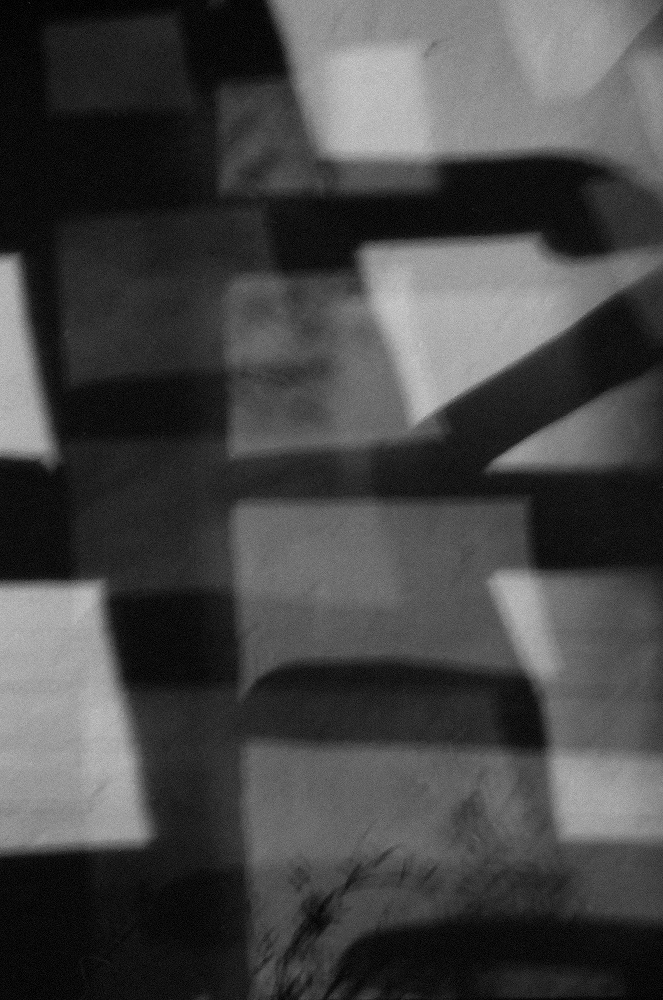
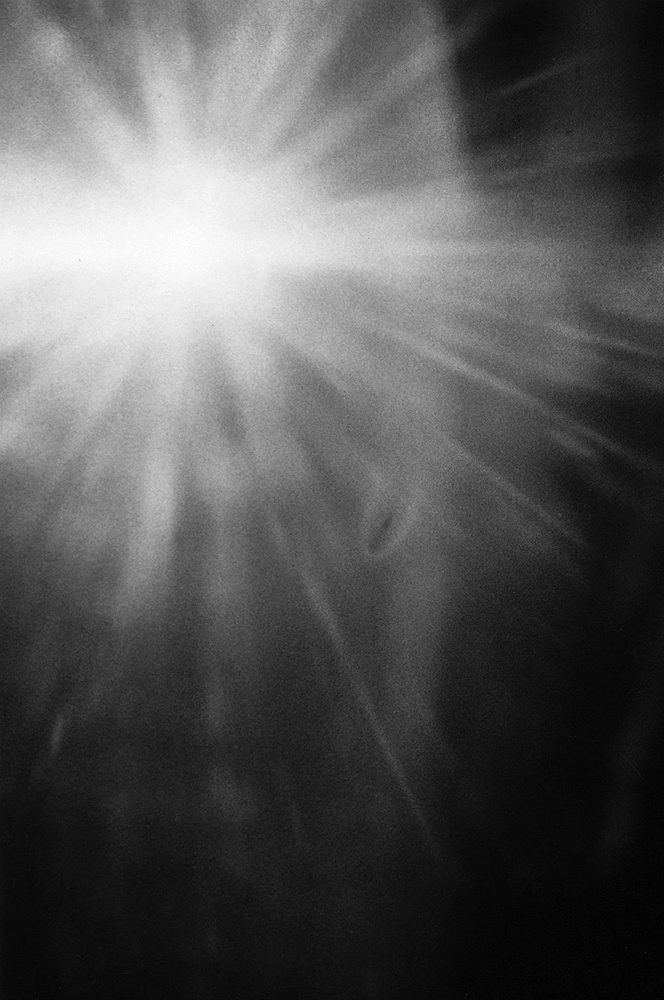
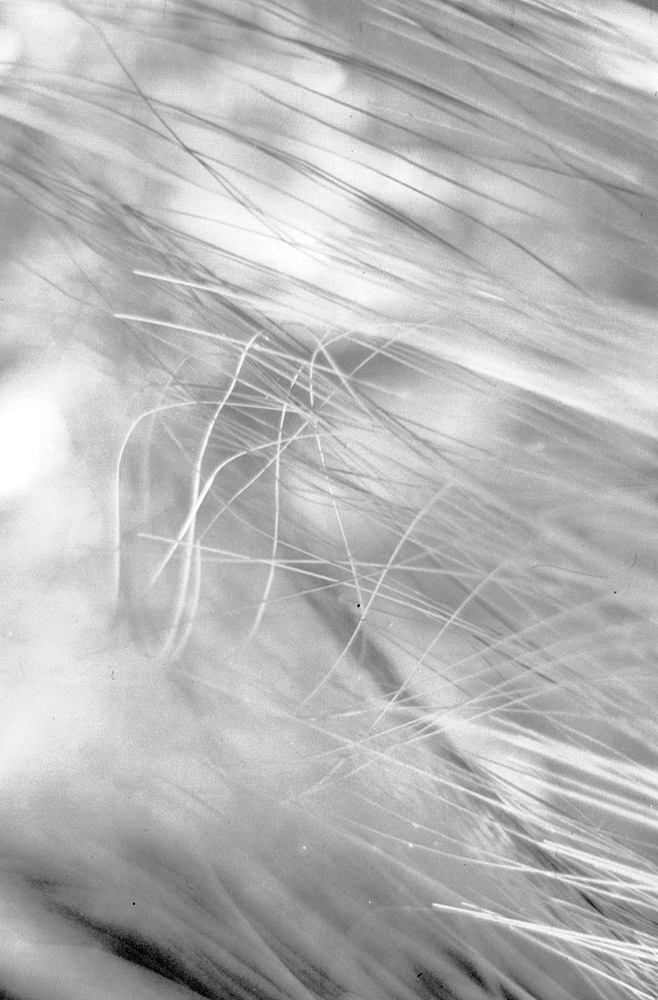
“It is interesting to look at her titles too: Meanwhile, Glimpse, Fragments, Haze, etc. Almost all are something ungraspable state, a continuance, an in-between-state, things that can be sensed with uncertainty, nothing is concrete, nothing is done, nothing is finished. Like the frozen pictures of a movie.”
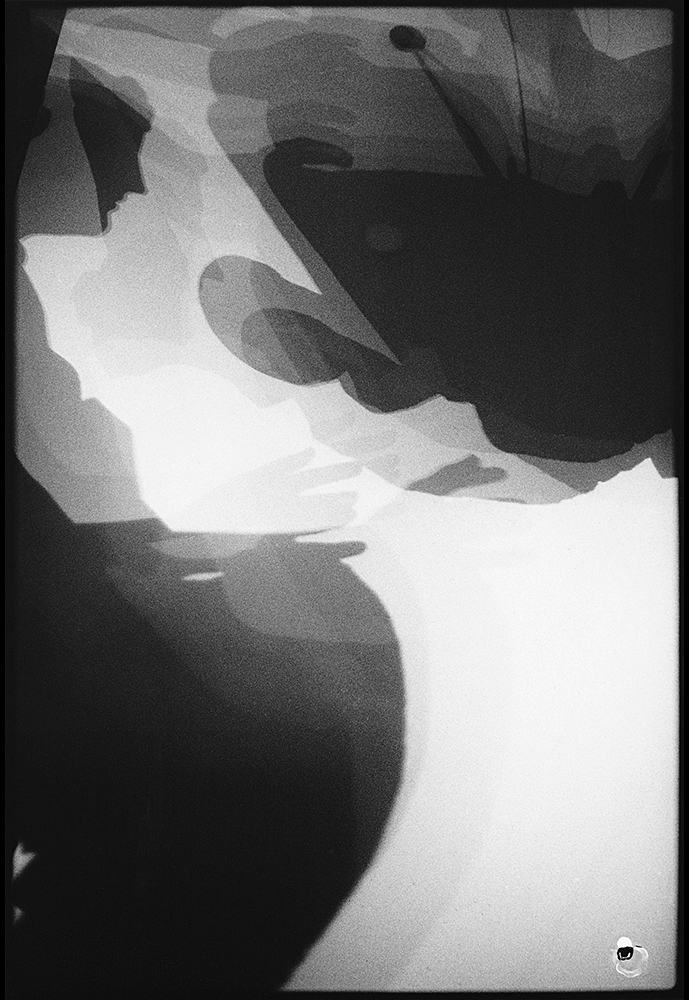
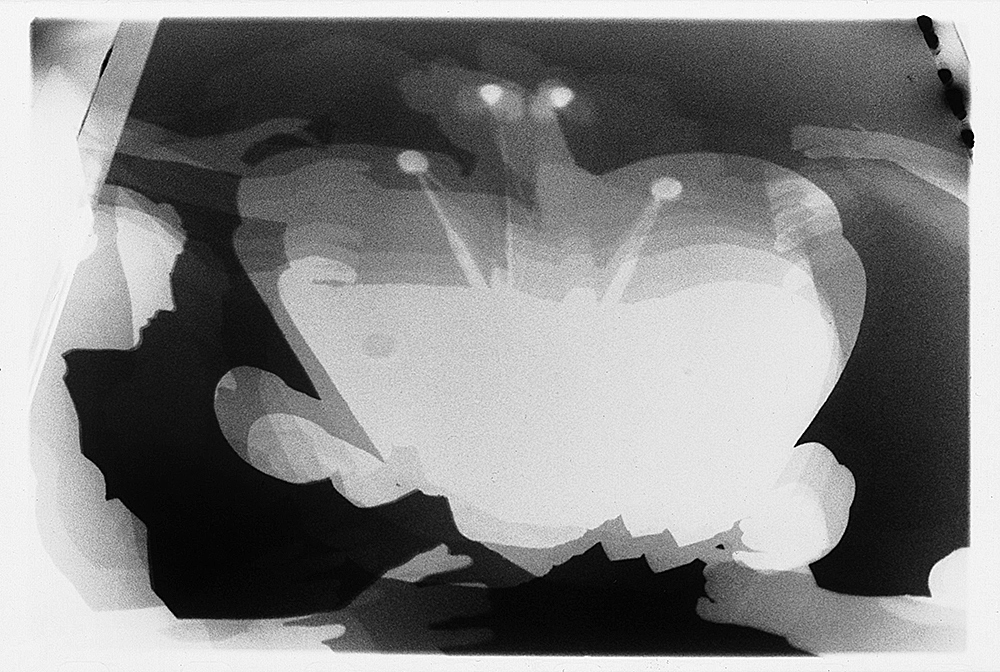
“Szabó sees the world in a continuous stop-motion state, and records it as such. She slows down the world. The idea of Slow Life or Living Slow has grown into a social movement, where as opposed to the rushing, fast world, they focus on slowing down life, and enjoying the small things.”
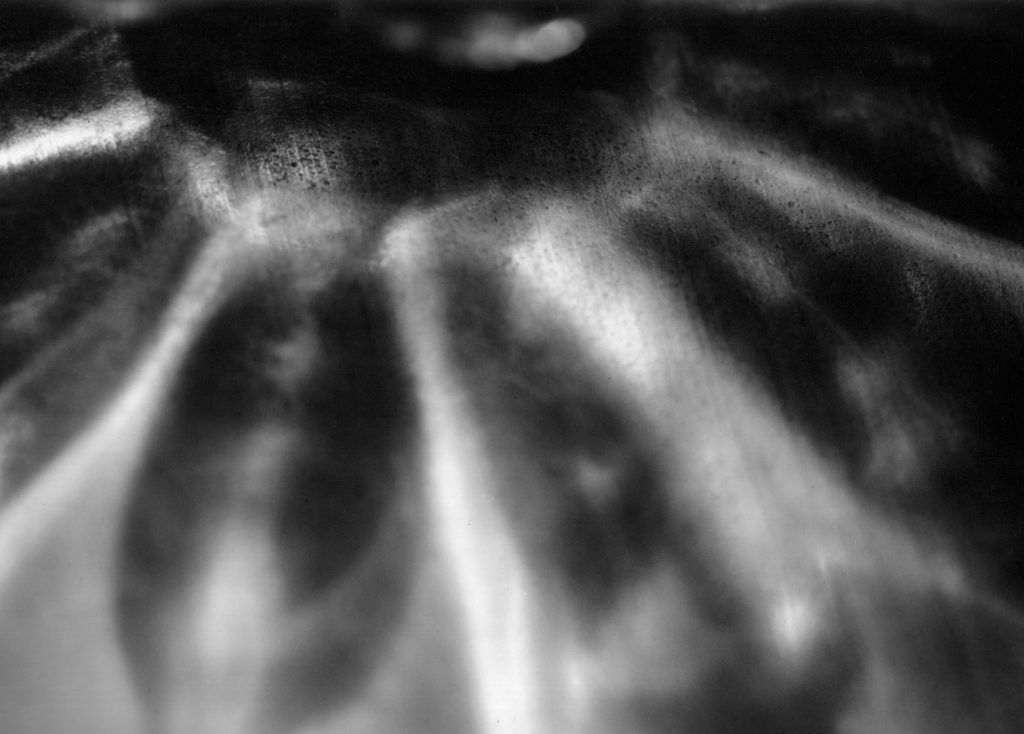
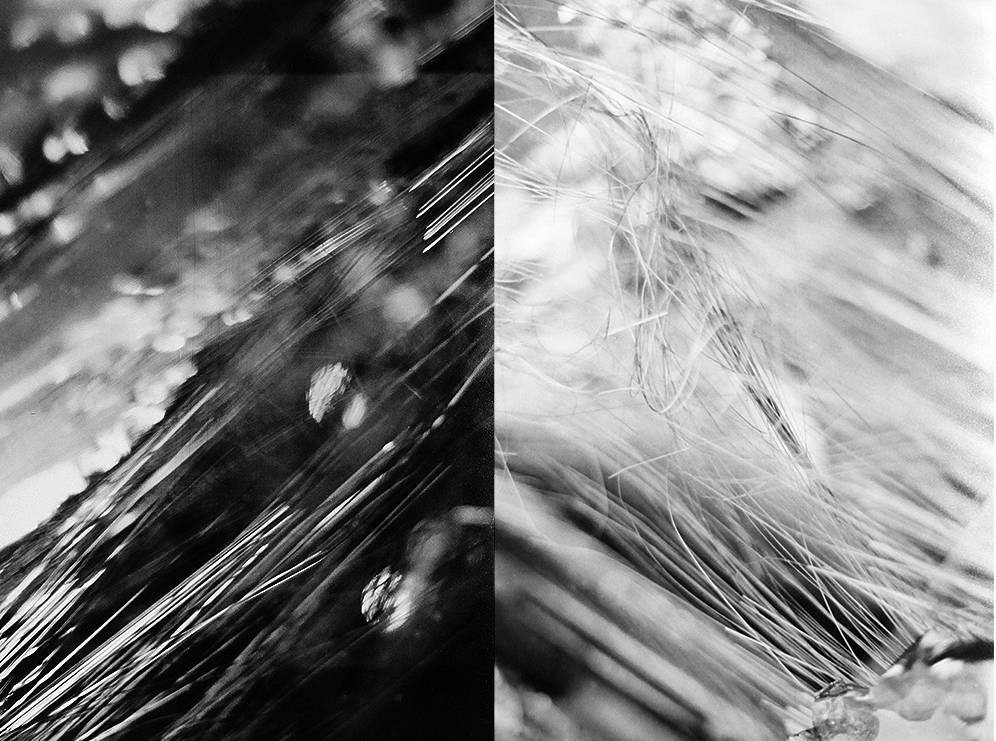
“Csilla Szabó does not simply stop time with her subjects and way of picturing them, but also with her techniques too, using the medium of classical analog black and white photography. Even her way of capturing subjects can become the central theme with her playful use of light.”
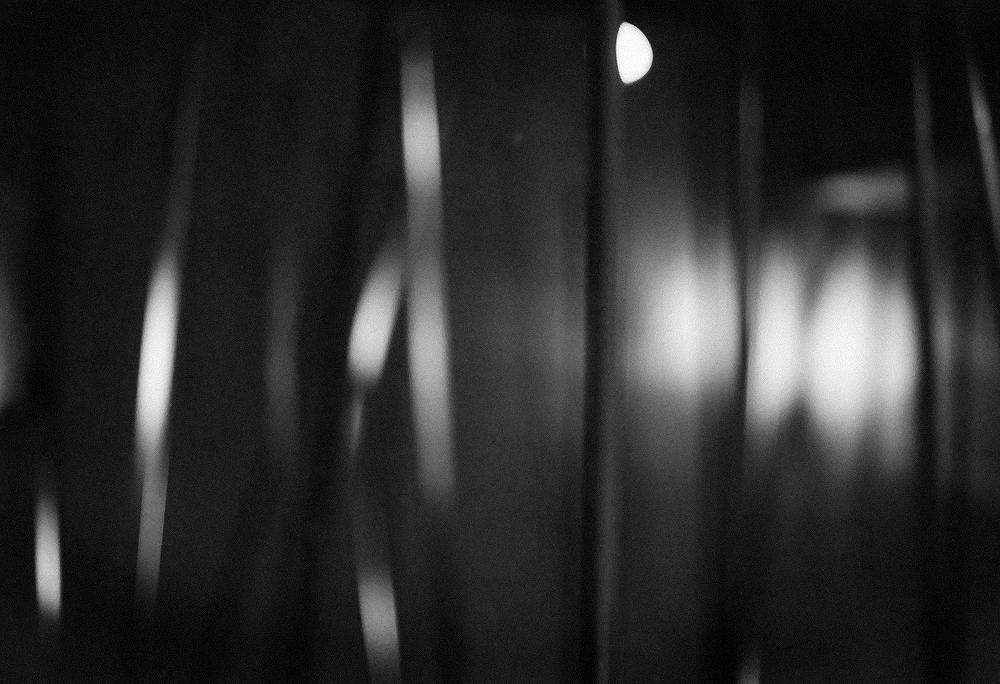
“Szabo grabs this slowed life photographically. She stops time. Not only to stop decay, but for bathing in the visual carpe diem of the moment. For her, the true essence of things shows up in this slow, subjective world. As Mies van der Rohe said, ‘God lives in the details’,”
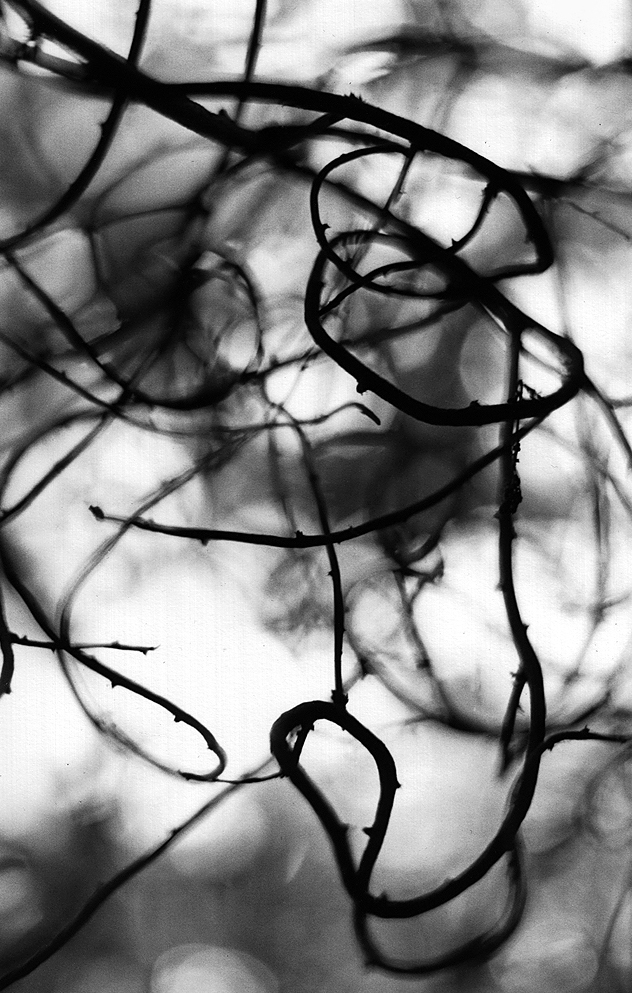
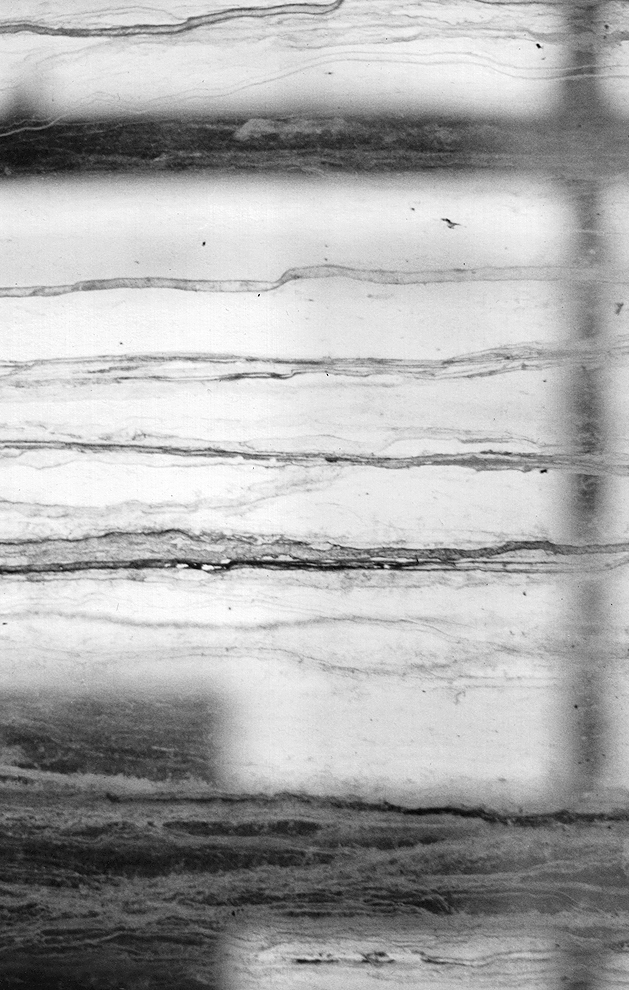
“The depiction of tiny things in Szabó’s work is playful and yet melancholic. Through her photography she showcases details, stopping time, capturing and slowing down decay. So, long live the slow life: live slow!”
* the texts are details from the article: Andrea Bordács: Slow life, which was published in Fotóművészet (Hungarian Art Photography Magazine)
